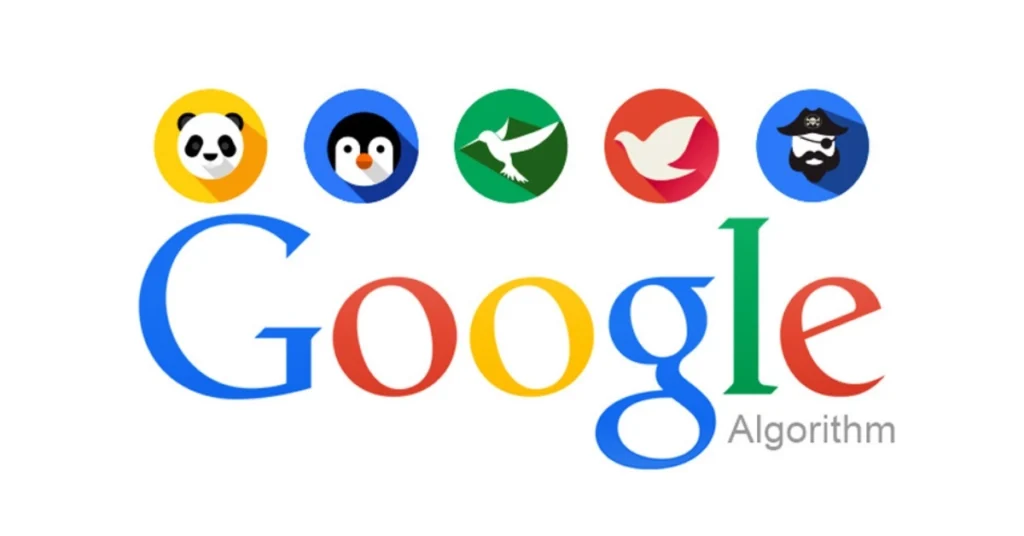

Who Decides What You See? A Friendly Tour of Google’s Ranking Brains
You type a question, hit Enter, and—boom—a list of results appears. Ever wonder how Google chooses the order? It isn’t just one mysterious algorithm with a wizard’s hat. Google runs a whole orchestra of systems and models that crawl, index, understand, and then rank the web—all aiming to give you the most useful answer.
First, the basics: Google crawls the web, builds an index, and then evaluates candidate pages when you search. That pipeline — discovery, indexing, ranking — is where the magic begins. Each stage uses specialized rules and signals (like links, content, and user signals) to decide what’s even eligible to show. Think of it as a giant librarian who first finds books, catalogs them, and then decides which shelf to pull from for your question.
But the ranking part? That’s where dozens of systems step in. Some are classical, such as link-based signals that historically stem from PageRank-style thinking, and others are modern machine learning systems that aim to understand meaning. Google treats ranking as a combination of multiple systems, each tuned for different types of queries, such as local searches, news, shopping, or complex how-to questions.
Here are some of the algorithms that are used:
1. Mobile
Hazards: Lack of a mobile version of the page; poor mobile usability.
How it works: This, and subsequent mobile search updates (2018, 2020), have shifted the focus from a desktop to a mobile version of your website. Today, Google ranks all websites based on how fast and user-friendly their mobile versions are.
How to adjust: Optimize your pages for mobile search and focus on speed and usability. Google’s mobile-friendly and page speed tests will help you see which aspects of your page need to be improved. The tests are integrated into Website Auditor so you can check your pages’ mobile optimization as a part of your overall website audit. You’ll find it in Content Analysis > Page Audit:
2. Medic
Hazards: Lack of authority on YMYL websites; weak E-A-T signals.
How it works: The Google Medic update seemed to disproportionately affect medical websites as well as other websites that have to do with potentially life-altering decisions (finance, law, education). Although not explicitly confirmed, Google representatives have hinted that the update implemented some of the E-A-T (expertise, authority, trust) signals from the Quality Rater Guidelines document.
How to adjust:To date, there is no proven recovery strategy for the Medic update. Some SEOs suggest hiring expert writers to lend credibility to your website; others claim the solution is in building entities for your brand. But, if we were to stick to the facts, the only reliable way to increase the authority of your website is by growing your backlink profile. An efficient approach would be to use a backlink research tool, like SEO Spyglass, and borrow backlink ideas from your competitors.
3. Core updates
How it works: As far back as 2017, Google has started to refer to bigger updates as Google core updates. Since then, there is even less transparency about what those updates are and which parts of search they are intended to improve. SEOs would often track post-update ranking shifts and try to figure out what exactly has changed, but there is rarely a conclusive observation. Google core updates are likely just improvements on previous Google updates or perhaps bundles of smaller updates tied together.
How to adjust: Since the effects of Google core updates are often unknown, one thing you can do is track SERP history for the keywords you are targeting. Once the update happens, you can check which of your competitors have moved up or down in rankings and make an educated guess about the contributing factors.
To start tracking your SERP history, launch Rank Tracker, go to Target Keywords > Rank Tracking > SERP Analysis, and click Record SERP data. The tool will start tracking the top 30 SERP positions for each of your keywords
4. Helpful content system
Google’s Helpful Content System is an automated ranking system designed to promote “people-first” content by identifying and demoting content created primarily for search engines rather than for human users. Launched in 2022 and now integrated into core ranking systems, it evaluates content based on its originality, expertise, authoritativeness, and trustworthiness to ensure search results provide genuine value and satisfy user intent. Websites with a significant amount of “unhelpful” content, meaning content lacking these qualities, will perform poorly in search results.
5. MUM (Multitask Unified Model)
Unveiled in 2021, MUM is 1,000 times more powerful than BERT. It’s multimodal (meaning it can understand text and images together), multilingual (trained across 75+ languages), and multitask (able to answer complex, multi-part questions). For example, if you ask, “I’ve hiked Mt. Fuji; how should I prepare for Mt. Kilimanjaro?” MUM can connect knowledge across languages, formats, and domains to give richer answers.
So what should you take away? Don’t chase a single trick. Google’s ranking is a blend of technical performance, content quality, and modern language understanding—all backed by many systems working together. Focus on being useful to real people, make your site fast and dependable, and write clearly—that’s the recipe that pleases both your readers and the many “brains” behind Search.
